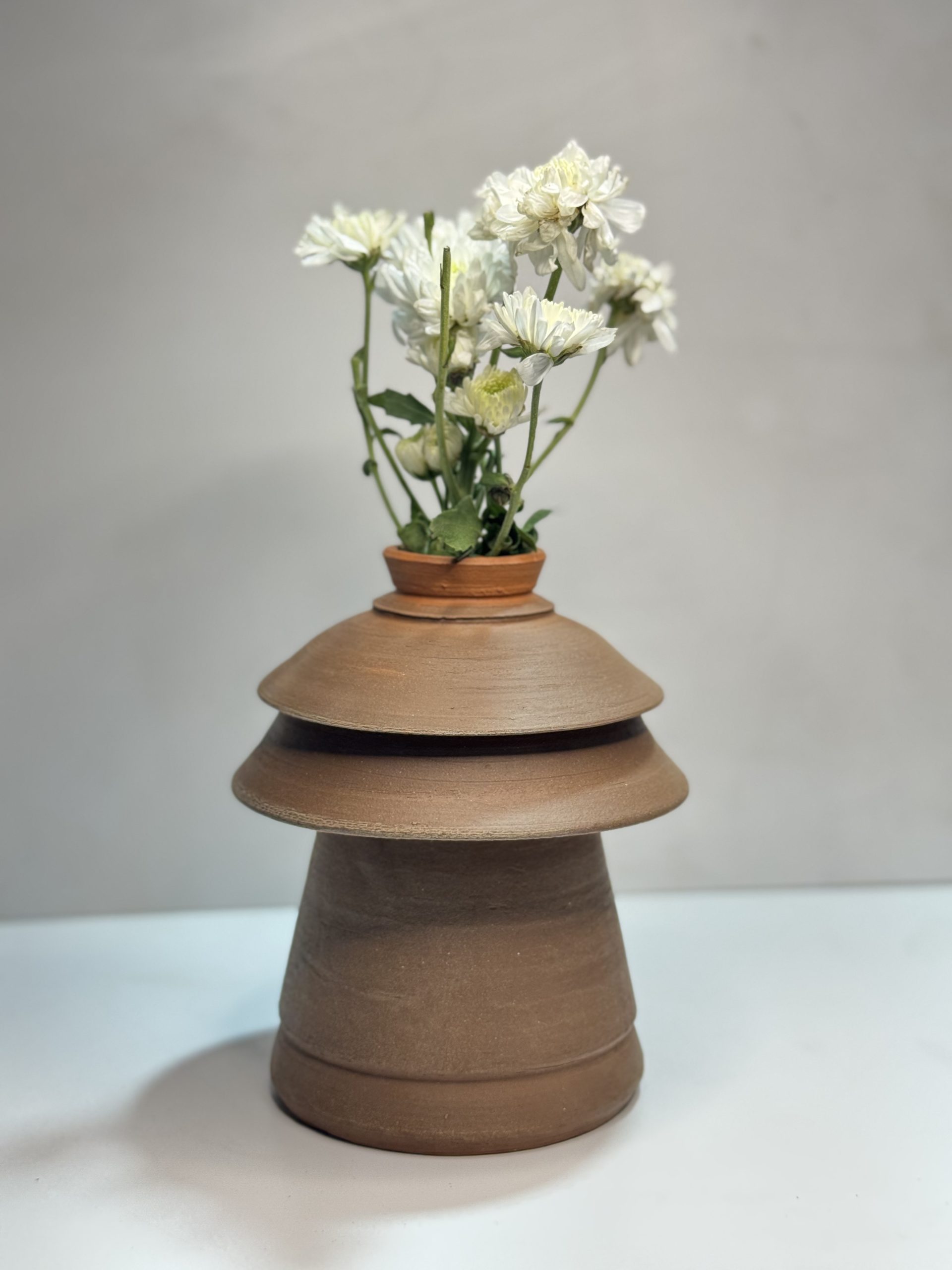Your cart is currently empty!

How to judge your work and how to describe it?
In pottery, detachment is the key to success. There are several stages of the process, where things can go wrong.
From the drying stage to shipping, every step of the process should be carried out with utmost care. So, to practise detachment is key, even though you might have done everything in your power to avoid the nightmare scenario. Sometimes nature has its own plan, and we have to accept it.
Practising detachment doesn’t mean that you have to be cold about how you view your work. When I make pots, I, of course, have favourites. Certain magical moments occur only once, and you wonder how to replicate them, and those pots feel special.
When making pots, I tend to become overly critical of the form. I’m not sure how many “good” pots I have crushed and remade just because they didn’t feel right immediately.
Some forms grow on you over time. Even though letting the clay dry to leather hard and recycling is a pain in the butt, I tend to look at the pots the next day to determine if I like them or not.
This occurs mainly with one-off pieces like vases, where I am not necessarily concerned with replicating the form again and again. For tumblers and mugs, the process is pretty straightforward, and I can wedge the freshly thrown piece back immediately if it didn’t match the constraints.
This harsh judgment comes from a good place, but it can be detrimental — the process of firing, whether bisque or glaze, is a one-way street. You do not want to fire a piece that you are not truly happy with and live with it for the rest of your life. Flash news alert: ceramic pieces don’t degrade and last for a millennium.
So the answer is to allow some time for the pieces to grow on you, even though it might mean that you have to reclaim the clay. This should be perfectly fine if you are working as a potter full-time. This is just part of the job.
There is a flip side to this coin: how you perceive your work and how others perceive it. Everyone comes with their own POV, so to speak, and the great tragedy for an artist is to have others like their work, which the artist himself didn’t like. Note, it is not a tragedy if it is the other way around, because I firmly believe the job of an artist is to scratch their own itch.
There is one link between the artist and the audience. It is by the way in which the artist describes his work. Most of the time, the person’s mentality is clearly revealed in this process.
The audience very easily spots any discrepancy between the description of the work and the work itself.
An artist might claim this is their best work, but the audience can discern whether the artist is being truthful or not in their assertion. Most of the time, this discrepancy arises because the artist needs validation to avoid being perceived as any less of a person than they are.
But this does more harm than good. I recall reading an excerpt from an interview in which football legend Messi was asked to describe his legacy. To which he responded something like, “My job is to play and win games, and it is up to people’s perception what my legacy is.”
If we can learn anything from that, it is this: Show, don’t tell. Many people make the mistake of describing their work as “premium”. Please refrain from telling people how they should feel about your art. Let them come to their own conclusion. This type of marketing and selling is from the bygone era of TV ads.
What people appreciate more these days is being honest in your description. Don’t only talk the talk, but walk the walk.
Subscribe to get product updates delivered to your inbox!